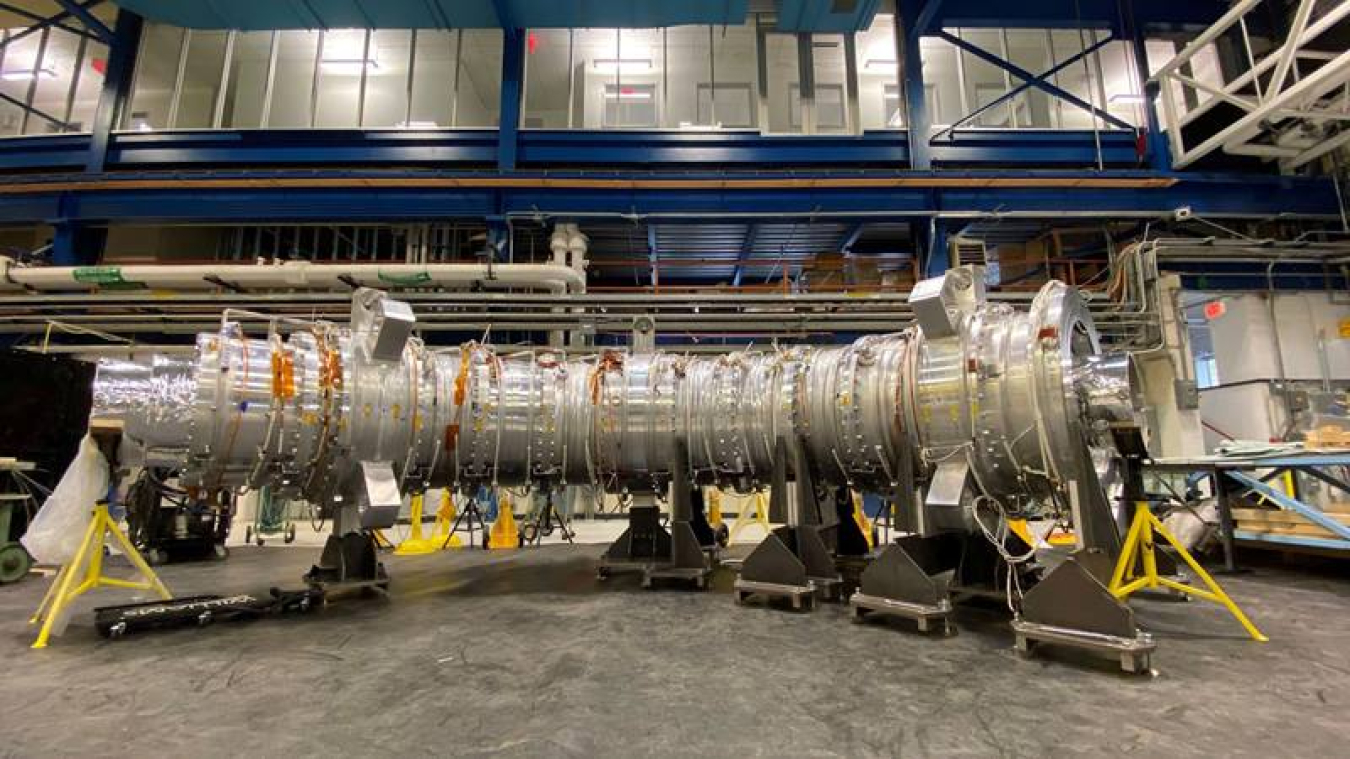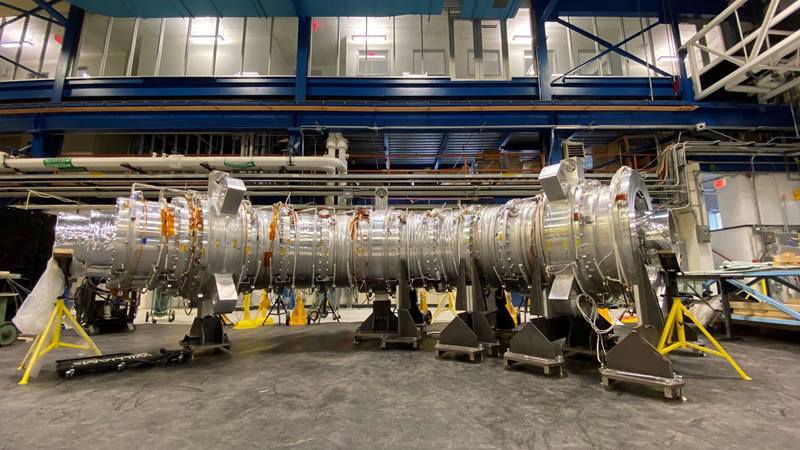
The Science
An important recent discovery in physics came from measuring neutrinos – neutral, weakly interacting particles – produced by the Sun. Nuclear reactions in the Sun produce only electron neutrinos. According to the Standard Model, neutrinos come in three distinct “flavors” (electron, mu, and tau). Scientists originally thought neutrinos to be massless, but they recently discovered that neutrinos have mass. An interesting consequence of this discovery is that neutrinos can change flavor. This means two-thirds of the neutrinos reaching Earth from the Sun are not electron neutrinos. Now, advances in theory and experiment are helping scientists to determine whether the neutrinos’ charged counterparts—electrons, muons, and tauons—can also change flavor.
The Impact
In two new experiments, scientists will search for a negatively charged muon, the electron’s more massive cousin, decaying into an electron. This would violate the Standard Model. These experiments, Mu2e at Fermilab and COMET at J-PARC in Japan, will be able to detect electrons from this process even if the conversion probability is only 1 in 100 quadrillion. This makes these experiments 10,000 times more sensitive than previous searches. Recent theoretical work has identified new physics information available in these experiments and how to measure it. The results may tell scientists about interactions that might exist beyond the Standard Model.
Summary
Muons are captured in a nuclear target, where they bind—like electrons—in an atom. When muon-to-electron conversion occurs, scientists can only observe those electrons that leave the nucleus in its lowest-energy state. These electrons have a precise energy, simplifying their detection and eliminating backgrounds if only they are selected for measurement. Because the nucleus remains in its ground state, it restricts what can be measured.
Researchers at the University of California, Berkeley, Lawrence Berkeley National Laboratory, Shanghai Jiao Tong University, and the University of Massachusetts, Amherst found that with this filter in place, experimentalists can measure six independent observables if researchers use a set of nuclear targets carefully selected for their properties. Nuclear theory can help guide this selection, as it can predict which target properties will enhance a given observable. The six observables represent the “fingerprint” of the new physics and define a program of measurements that teams like Mu2e and COMET can complete. Once this program is carried out, particle theorists will have six new clues about possible physics missing from the Standard Model.
Contact
Evan Rule
University of California, Berkeley
[email protected]
Wick Haxton
University of California, Berkeley
Lawrence Berkeley National Laboratory
[email protected]
Funding
This work was supported by the Department of Energy Office of Science, the National Science Foundation, and the Heising-Simons Foundation.
Publications
Rule, E., Haxton, W. C., and McElvain, K, Nuclear-Level Effective Theory of μ→e Conversion, Physical Review Letters 130, 131901 (2023) [DOI:10.1103/PhysRevLett.130.131901]
Haxton, W. C., Rule, E., McElvain, K., and Ramsey-Musolf, M. J., Nuclear-level effective theory of μ→e conversion: Formalism and applications, Physical Review C 107, 035504 (2023) [DOI: 10.1103/PhysRevC.107.035504]
Related Links
What can we learn from 1018 Muons?, N3AS Newsletter
Scraped from https://www.sourcearu.com




